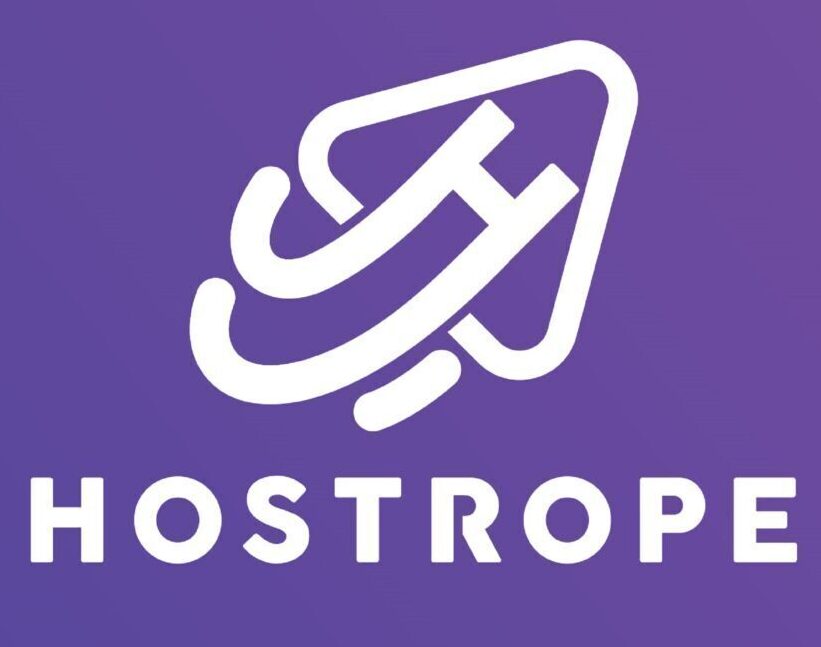E-mail marketing automation is a powerful tool that allows companies or businesses to communicate with their customers and prospects more efficiently and personally. With the ever-growing use of technology and the Internet, the importance of e-mail marketing automation in today’s world cannot be overstated.
E-mail marketing automation is a process that involves the use of technology to automate repetitive, time-consuming tasks involved in e-mail marketing campaigns. It includes sending targeted e-mails, tracking open rates, and analyzing data.
Types of E-mail Marketing Automation
Various kinds of e-mail marketing automation include: triggered e-mails, drip campaigns, and newsletters.
● Triggered E-mails
Triggered e-mails are automated e-mails sent in response to a specific action a recipient takes, such as making a purchase.
● Drip Campaigns
Drip campaigns are a series of automated e-mails sent over time to a specific group of recipients. Drip campaigns aim to nurture prospects and build relationships over time.
● Newsletters
Newsletters are automated e-mails businesses regularly send to keep their customers and prospects informed about new products, promotions, and other important news.
Benefits Of E-mail Marketing Automation
E-mail marketing automation benefits businesses, including increased efficiency, improved customer engagement, and better personalization.
➢ Increased Efficiency
By automating repetitive tasks, businesses can save time and resources that can be better spent on other essential tasks.
➢ Improved Customer Engagement
E-mail marketing automation allows businesses to send targeted, personalized messages to customers and prospects. It leads to higher open and click-through rates and improved customer engagement.
➢ Better Personalization
E-mail marketing automation allows businesses to personalize their messages for each recipient. It leads to higher open and click-through rates and improved customer engagement.
Setting Up E-mail Marketing Automation
1. Choose An E-mail Marketing Automation Platform
The first step in setting up e-mail marketing automation is to choose an appropriate platform. Numerous e-mail automation tools are available, including Mailchimp, Constant Contact, and AWeber, each with unique features and benefits. When choosing a platform, it is important to consider your business’s size, budget, and specific needs.
2. Determine Your Target Audience And Segment Your Lists
Before setting up your e-mail marketing automation campaign, it’s essential to determine your target audience. It will help you to understand needs, preferences, and behaviors, which will, in turn, help you create more relevant and effective automated e-mail campaigns.
You can conduct market research, analyze customer data, and segment your e-mail lists based on demographic and psychographic information. Segmenting your lists will also allow you to personalize your e-mails and create campaigns more likely to resonate with your audience.
3. Define The Goals and Objectives Of Your E-mail Automation Campaign
Having clear and well-defined goals and objectives for your e-mail automation campaign will help you measure your campaign’s success and provide you with a roadmap for what you want to achieve.
Some common goals and objectives for e-mail automation campaigns include increasing conversions, improving customer engagement, and boosting brand awareness. When defining your goals, be specific and measurable, and ensure they align with your overall marketing strategy.
4. Plan The Content And Flow Of Your Automated E-mails
Once you clearly understand your target audience and have defined your goals and objectives, it’s time to plan the content and flow of your automated e-mails.
Best Practices For E-mail Marketing Automation
● Keep the Content Of Your E-mails Relevant and Valuable
One of the fundamental principles of successful e-mail marketing automation is ensuring that your e-mails are relevant and valuable to your target audience. It means taking the time to understand what your customers are looking for, their challenges, and what information will be most helpful.
It’s essential to keep your e-mail content concise and to the point, as well as visually appealing. Use images and graphics to break up long blocks of text, and use headings and subheadings to make the content easy to scan and digest. Make sure your e-mail is mobile-friendly, as many people access their e-mail on their phones.
● Personalize Your E-mails For Each Recipient
Personalization is another important aspect of effective e-mail marketing automation. When you personalize your e-mails, you make them feel more targeted and relevant to each recipient. It can increase the open and response rates of your e-mails and improve your overall engagement with your target audience.
You can personalize your e-mails in several ways, including using the recipient’s name in the subject line and the body of the e-mail, addressing their specific needs and interests, and tailoring the content to their individual preferences and behaviors.
● Test Your E-mail Campaigns Before Launching
Before launching any e-mail marketing automation campaign, you must thoroughly test your e-mails to ensure they are working correctly and delivering the desired results. It includes testing the subject line, content, images, and call-to-action (CTA) to ensure everything is working.
Testing your e-mails can also help you identify any issues with deliverability, such as if your e-mails end up in the recipient’s spam folder. It is imperative if you are sending large numbers of e-mails, as even minor problems can significantly impact your campaign’s success.
● Monitor And Track The Performance Of Your E-mail Campaigns
Finally, it’s crucial to monitor and track the performance of your e-mail campaigns so that you can see what is working and what needs to be improved. It includes tracking metrics such as open rates, click-through rates, conversion rates, and customer feedback.
By monitoring your e-mail campaigns, you can make data-driven decisions about what is working and what is not and adjust your e-mail marketing automation strategies as needed.
It will help you optimize your campaigns over time, increasing your return on investment and delivering better results for your business.
Common Challenges In E-Mail Marketing Automation And How To Overcome Them
❖ Low Open Rates
Low open rates are among the most common challenges in e-mail marketing automation. Several factors, including poor subject lines, irrelevant content, or a lack of personalization can cause it. You should ensure that your content is relevant, valuable, and engaging and that your e-mails are personalized for each recipient.
❖ High Unsubscribe Rates
Another common challenge in e-mail marketing automation is high unsubscribe rates. It can indicate that your e-mails need to resonate with your target audience or that they find your content too frequent or irrelevant.
To overcome high unsubscribe rates, it’s important to regularly review your e-mail campaigns and make sure that your content is relevant, valuable, and engaging. Adjusting the frequency of your e-mails and giving subscribers the option to choose how often they receive e-mails.
The Final Thought
E-mail marketing automation is a powerful tool for businesses of all sizes. With the ability to increase efficiency, improve customer engagement, and personalize your e-mails, this marketing automation can help you grow. However, there are also common challenges that need to be overcome.
By following e-mail automation best practices and implementing effective e-mail marketing automation strategies, you can ensure that your e-mail campaigns are successful.











